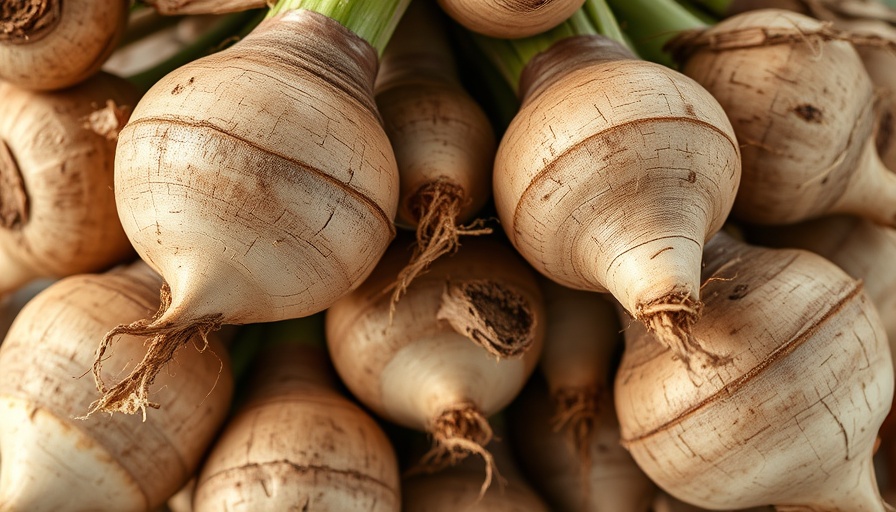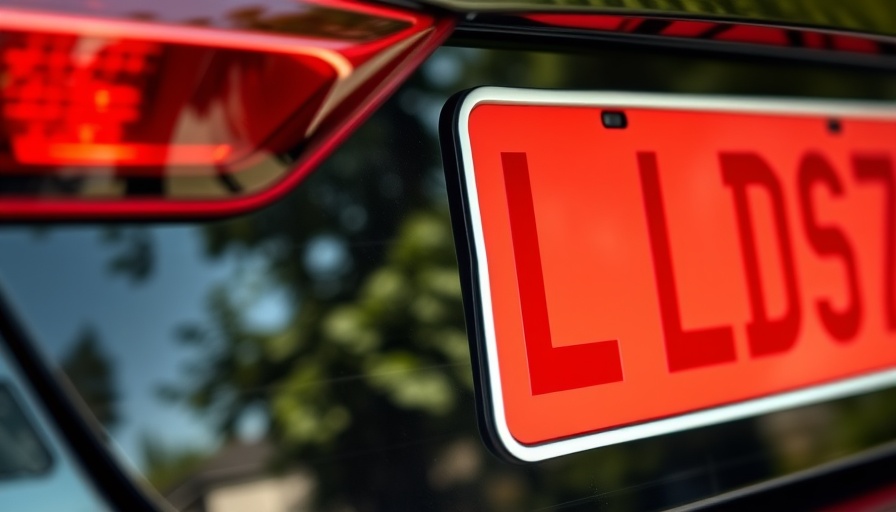
Understanding Different Types of Drywall Anchors
Choosing the right drywall anchor is not just about aesthetics; it’s essential for ensuring safety and durability in your home fixtures. As a homeowner, you want to make sure that every picture hanging, shelf installation, or TV mounting is secured effectively, preventing potential damage to both your walls and belongings. In this guide, we’ll dissect various drywall anchor types, from basic plastic anchors to heavy-duty solutions, helping you make informed decisions for your projects.
Plastic Expansion Anchors: Basic Yet Effective
Plastic expansion anchors are one of the most common types due to their simplicity and cost-effectiveness. They are cylindrical with fluted ends, allowing them to expand in a pre-drilled hole when a screw is inserted. With a holding capacity ranging from 5 to 25 pounds, these anchors are ideal for lightweight applications such as hanging small frames or lightweight décor.
**Pros and Cons:** One major advantage is their ease of installation and minimal wall damage, though they might crack if over-tightened. Still, for non-structural projects, they remain a popular choice among DIY enthusiasts.
Molly Bolts: The Medium-Duty Powerhouses
Molly bolts bring a mix of strength and versatility to drywall installations. Available in both plastic and metal forms, these anchors can hold between 25 to 50 pounds, making them perfect for medium-duty applications like shelves or towel bars. Their unique design allows for expansion against the drywall when a screw is tightened, distributing the load more evenly and providing a secure hold.
**Pros and Cons:** Molly bolts are particularly advantageous because you can remove the screw without losing the anchor itself. However, care must be taken when positioning them to avoid interference with studs or pipes behind the drywall.
Threaded Drywall Anchors: Quick and Reliable
For many homeowners, threaded drywall anchors can seemingly appear like oversized screws. Their self-tapping feature allows them to be screwed directly into drywall without the need for pre-drilling, streamlining the installation process. These anchors can support weights ranging from 25 to 75 pounds, making them suitable for fixtures that require robust support.
**Pros and Cons:** The ease of installation is a significant plus, as no additional tools are needed. On the downside, improper installation could lead to wall weaknesses if not handled carefully.
Assessing Weight: The Key to Choosing Anchors
Before selecting a drywall anchor, it’s crucial to consider the weight of the item you want to hang. A good rule to follow is to choose an anchor that can support at least 25% to 50% more than the weight of the item itself. For instance, if your mirror weighs 10 pounds, opt for an anchor rated for at least 12 to 15 pounds. This extra margin ensures stability and safety.
Safety First: Avoiding Common Mistakes
Take the time to evaluate where you’re installing your anchors. Avoid placing them near electrical wires or plumbing pipes, and always verify that the anchors are rated for the intended load. Beginners should also refrain from over-tightening to prevent damage to both the anchor and the drywall.
By understanding the various types of anchors, their strengths, and limitations, homeowners can successfully navigate the range of choices available on the market. Whether you choose plastic expansion anchors for light tasks or threaded anchors for heavier installations, the right decision can lead to secure, lasting results.
Ready to start your next home project? Make an informed choice with the right drywall anchors to ensure safety and stability while beautifying your space.
 Add Row
Add Row  Add
Add 




 Add Row
Add Row  Add
Add 

Write A Comment